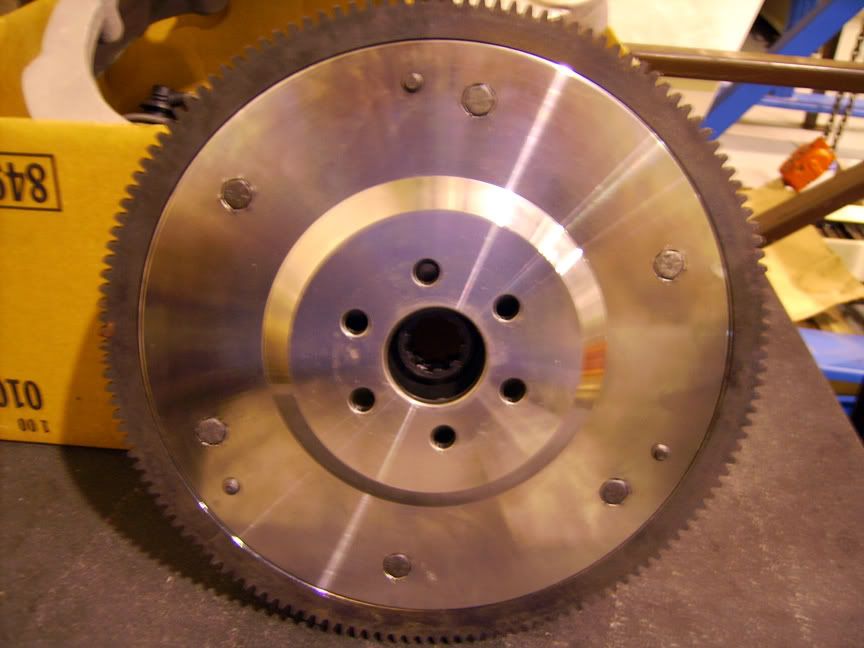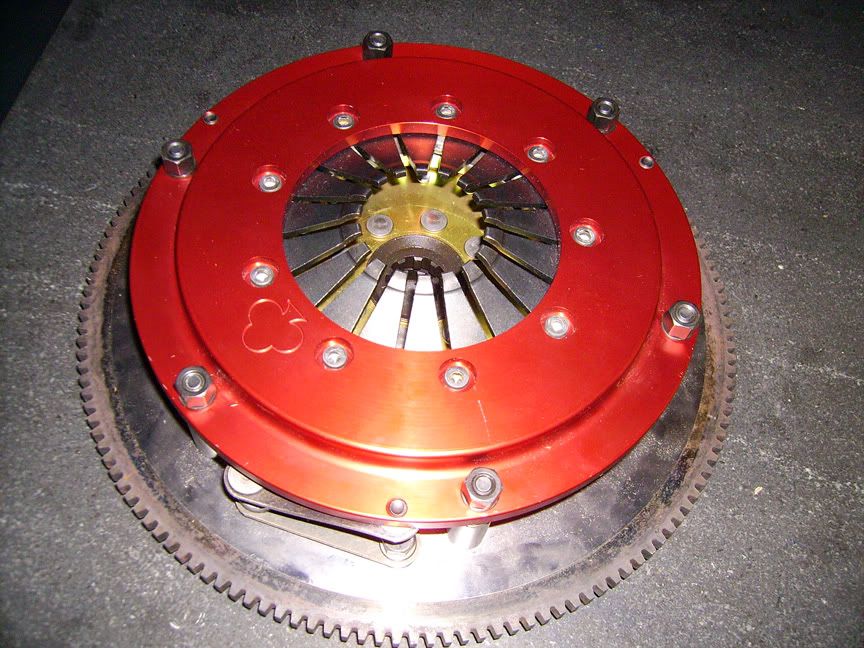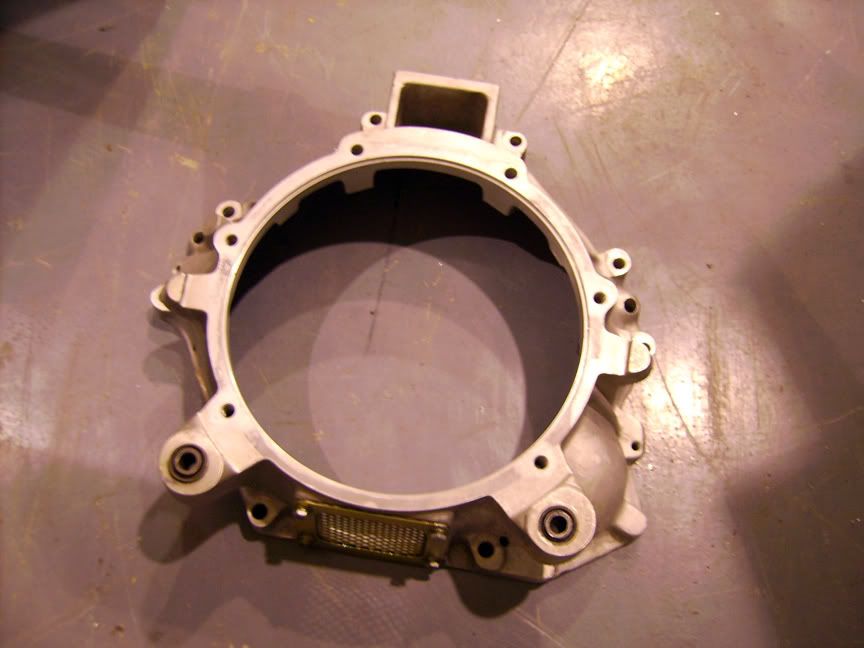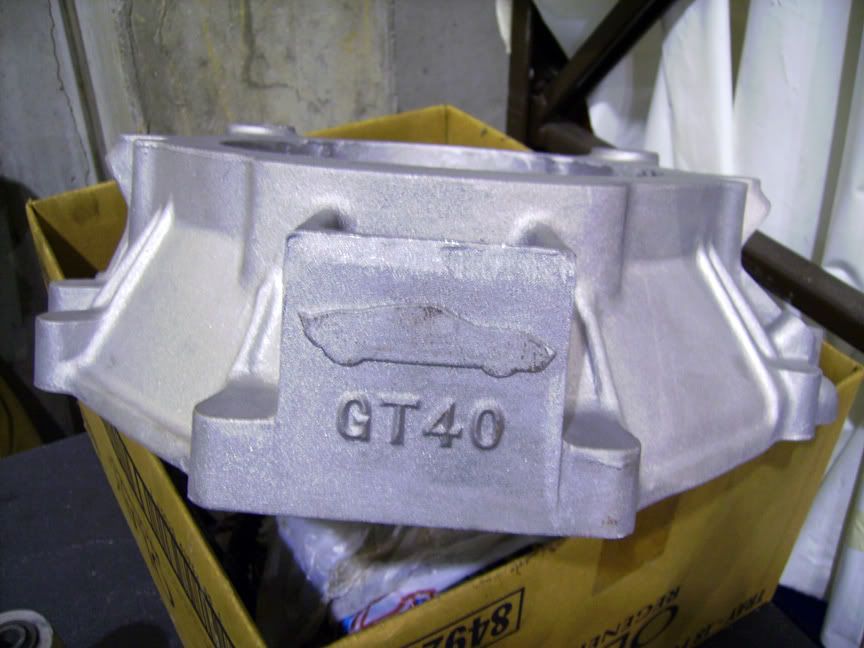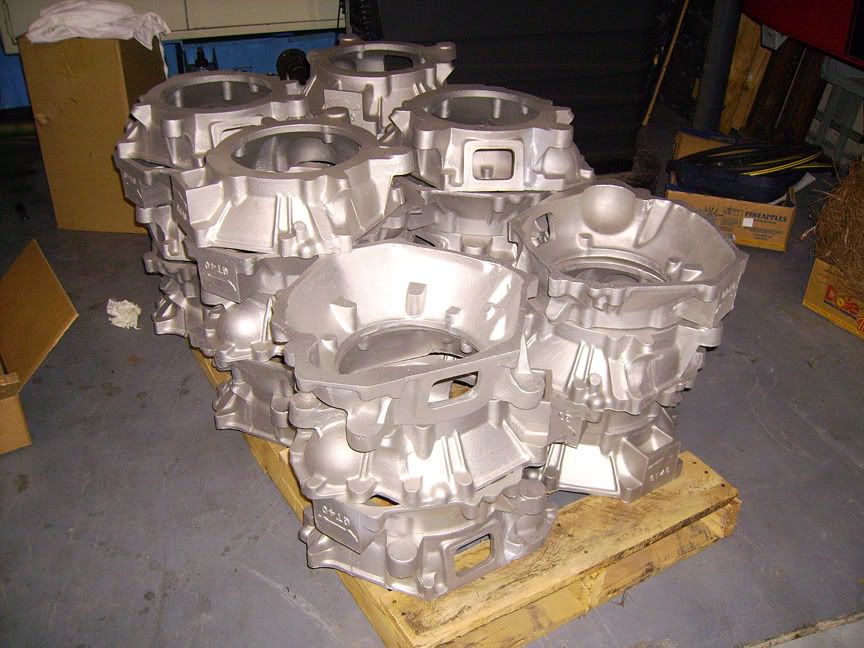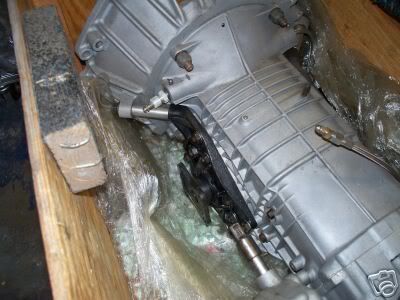Hi Gents,
To anyone how may be able to assist, I need to acquire an original / original design flywheel and Borg & Beck 7.25” triple plate clutch arrangement to suit a 289 / ZF-0 assembly utilizing a standard Mk1 bell housing and original specification starter motor. I believe that the tooth count on the flywheel is a either 115 or 117 ? and 28oz balance but that is about the extent of my knowledge. Quite some time ago there was an original flywheel going on ebay from a seller that went be the name of galtsgulch but the asking price at the time was a bit more than the budget allowed. Regardless if anyone can assist with any information, direction or if you have a couple laying in the corner that you would consider selling I would be happy to hear from you.
To anyone how may be able to assist, I need to acquire an original / original design flywheel and Borg & Beck 7.25” triple plate clutch arrangement to suit a 289 / ZF-0 assembly utilizing a standard Mk1 bell housing and original specification starter motor. I believe that the tooth count on the flywheel is a either 115 or 117 ? and 28oz balance but that is about the extent of my knowledge. Quite some time ago there was an original flywheel going on ebay from a seller that went be the name of galtsgulch but the asking price at the time was a bit more than the budget allowed. Regardless if anyone can assist with any information, direction or if you have a couple laying in the corner that you would consider selling I would be happy to hear from you.

